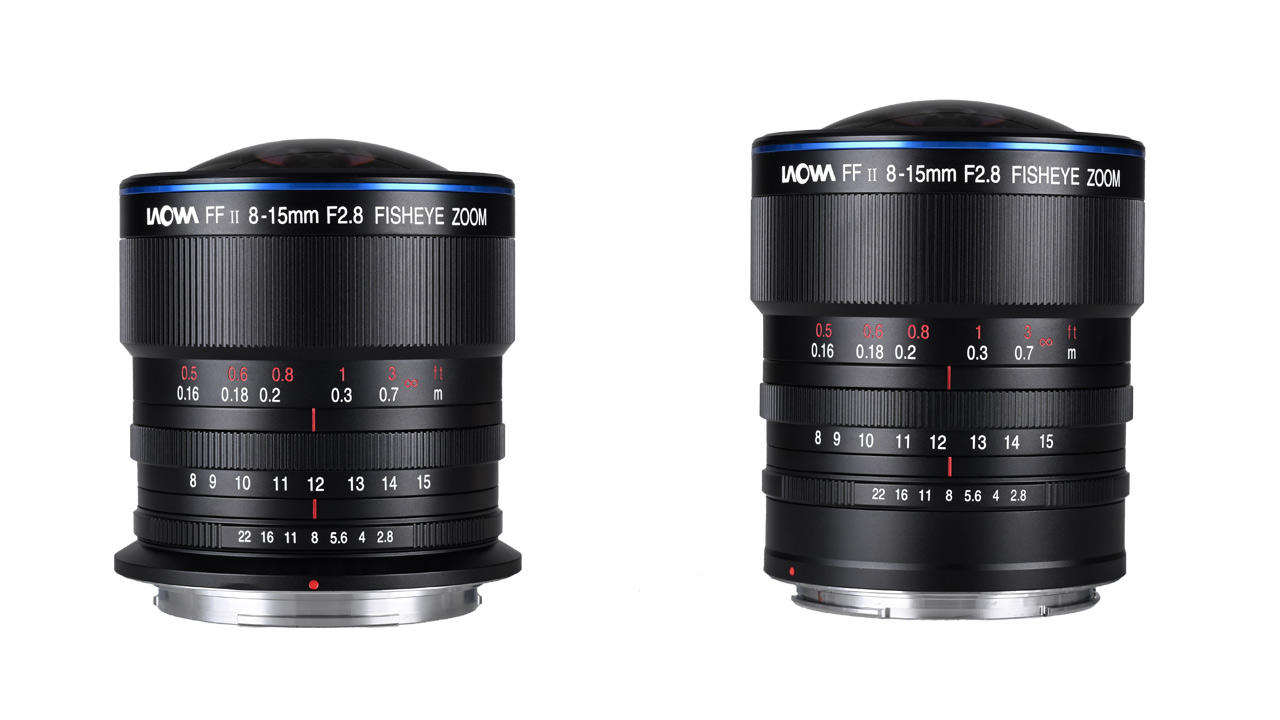Blackmagic Design announced Scott Brown, founder of Dream Street Productions, introduced Blackmagic Design workflows, including ATEM Television Studio HD8 ISO live production switchers and Blackmagic URSA Broadcast G2, to lead the company to audiovisual and video production. Dream Street Productions grew from a production company to a virtual live streaming event company.
Dream Street Productions is a video production and post-production studio based in Connecticut. Their corporate clients range from telecommunications to pharmaceutical companies to America’s top five high-tech companies. Mr. Brown, who has a background in television production and newsroom operations in New York City, has adapted to the ever-changing production landscape since founding Dream Street Productions 20 years ago.

Mr. Brown believes that being able to maintain a flexible mindset and toolset has allowed him to grow his business steadily over his 20 years in the industry.
Comments from Mr. Brown about the ATEM Flexibility:
This flexibility allows us to meet the needs of any project, comments Mr. Brown. If I don’t know how to do something, I look it up, and if the client requests something, I do it. On the technical side, my workflow is powered by Blackmagic Design products. Blackmagic Design tools support every job.
For example, at a recent Town Hall event, the client wanted to record the cameras individually so they could edit the camera master and make it shorter than the program master, and the ATEM Television Studio HD8 IS , supports this recording option. It’s better than plugging a memory card into your camera and entering the timecode to sync all your cameras.
There is no need to record with a camera unless there is a specific request from the client. For many clients, recording to HyperDeck is sufficient. In that respect, media management with ATEM Television Studio HD8 ISO is very easy. All input into ATEM is recorded and placed in a folder so you can simply hand it over to your client at the end of the event.
Scott Brown also uses the ATEM Television Studio HD8 ISO’s counter overlay feature as a timer for the speakers.
Thanks to this, we were able to eliminate one piece of expensive equipment, says Mr. Brown. You can also use the panel to change the background color from black to red on the fly, or from green to red when time is up. I think it’s a really great feature.
In combination with the Blackmagic URSA Broadcast G2, Mr. Brown’s workflow has become even more efficient.
It has all the features you’d expect from a high-end fiber system, including camera control, talkback, and tally, all transmitted over two SDI cables connected to the camera.
Color control, camera painting and matching are quick and easy. Additionally, the B4 lens mount allows you to use virtually any broadcast lens, including large box lenses. We chose the Blackmagic URSA Broadcast G2 not only because of its affordability, but also because of the continuous firmware support and upgrades that allow us to add more features to our camera. Everything is one complete ecosystem, which is why Dream Street invests so much in Blackmagic equipment.

Mr. Brown states his trust in Blackmagic Design products, lasting for years. He started by learning the basics with the ATEM Mini live production switcher. He says he thought it would be easy to upgrade within the ATEM live production switcher series as his clients’ event needs became more sophisticated.
As virtual events became more mainstream, our clients requested more options and our work became busier, recalls Mr. Brown. At the time, the client wanted a more TV-like look, customized with SuperSource backgrounds and multiple windows. I realized I could do all this and more with ATEM Mini, and for the first time experienced the true power of Blackmagic products. It was unbelievable.
As your event becomes more complex, you may start using more screens, separate streams, or have two technical directors, one editing the IMAG feed and one editing the broadcast. More features and M/E columns are needed to do this.
The situation completely changed when the coronavirus outbreak began. We had to offer multiple options, including live in-person events, streaming, and hybrids, and Blackmagic Design’s ATEM supported us every step of the way.
Mr. Brown previously worked in news production and needed to learn about the input and output of live events in virtual production.
I started researching various things about broadcast production and was able to understand it from a technical director’s perspective. Coming from a producer and director background, I’ve always been good at telling people what I want them to do, but creating those looks is a completely different story. After spending time in the studio learning and practicing, I fell in love with the design of ATEM software’s control surfaces. It has a very easy to use and intuitive design. I started using this product right away and have been using it ever since.
Mr. Brown says corporate events are a little different than traditional broadcast environments, but Blackmagic Design products are well-suited to his needs. For example, he works closely with clients during pre-production to understand exactly what they want from their speakers and builds macros as needed. So when we arrive on set, rehearsals are ready and there are no surprises.
We have a plan in place, we have macros in place, so we’re ready. If you need to quickly make minor adjustments in the field, it’s a matter of recording a single macro, rather than having to recreate all the events. The ability to save and recall macros for each event is really helpful.
If you want to create a master profile for your client based on the type of event and then record that event the following year, save 3 days of pre-production. Because you can reload/restore that event and adjust it according to your needs for the next event. This will save you a lot of time.














